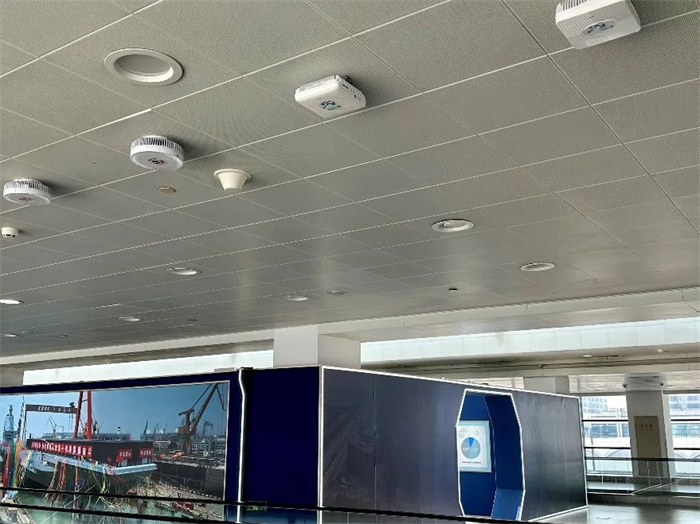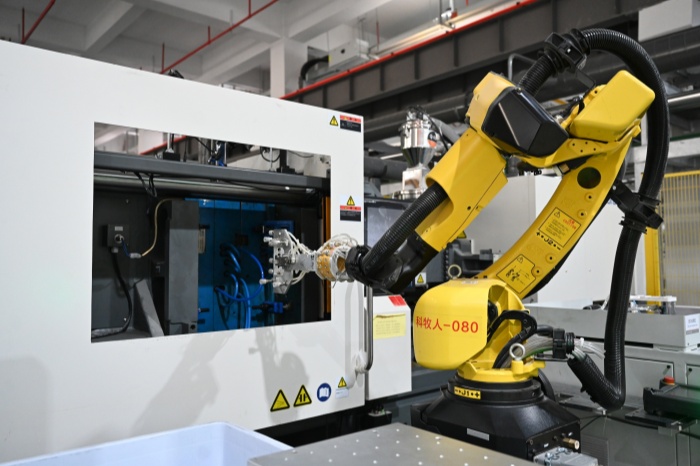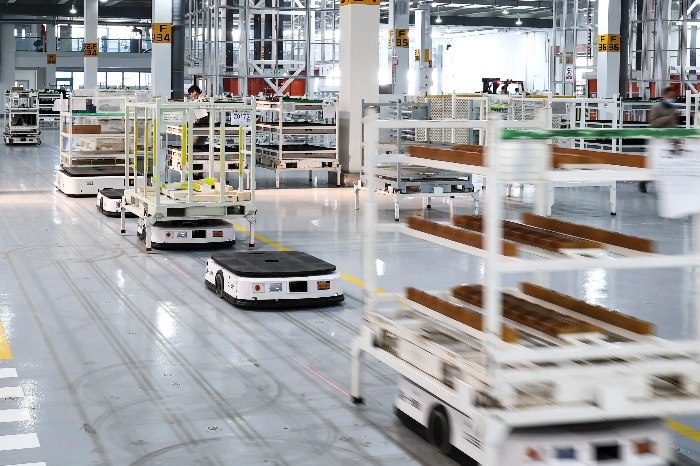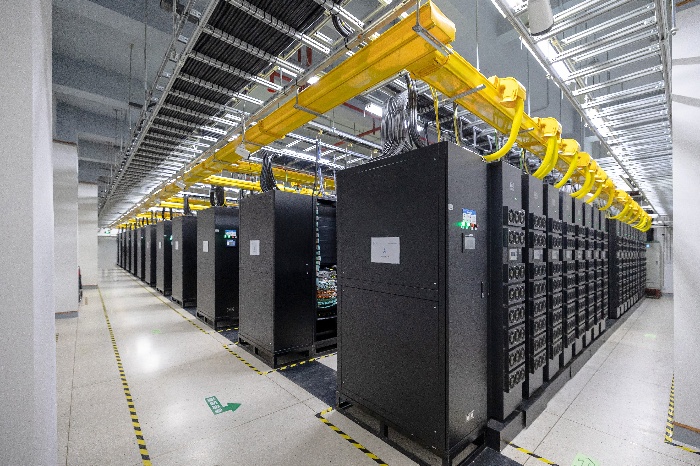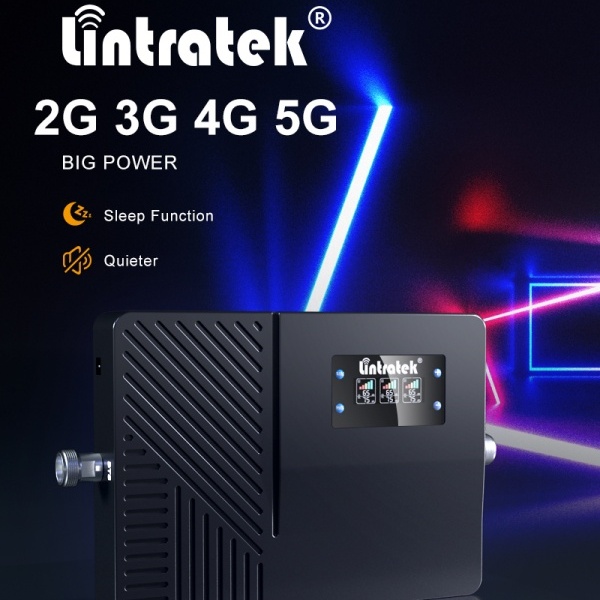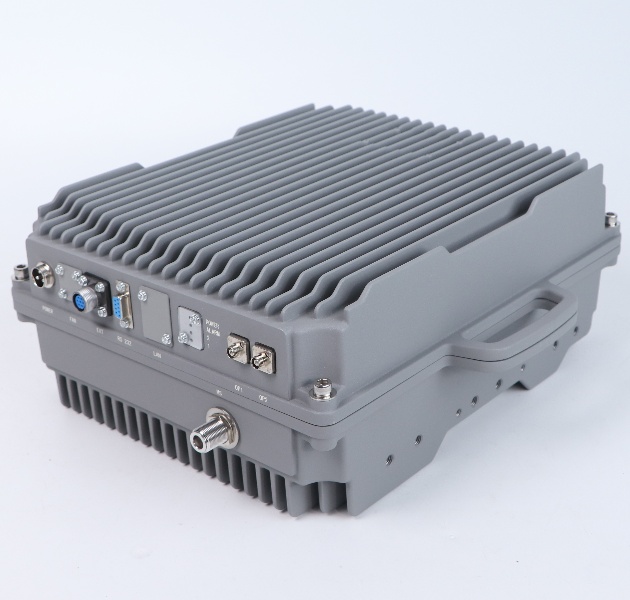In the 4G era, businesses experienced a dramatic shift in how they operated—moving from low-data 3G applications to high-volume streaming and real-time content delivery. Now, with 5G becoming increasingly mainstream, we’re stepping into a new phase of digital transformation. Ultra-low latency and massive data capacity are propelling industries into a future of HD livestreams, real-time control, and smart automation.
But for businesses to fully realize the value of 5G, indoor coverage is critical—and that’s where commercial mobile signal boosters and fiber optic repeaters come into play.
I. Five Key Ways 5G Is Transforming Businesses
1. Gigabit-Level Connectivity: Cutting the Cables
5G delivers speeds exceeding 1 Gbps, with each base station supporting 20 times the capacity of 4G. Businesses can replace traditional cabling with 5G DAS —reducing deployment costs by 30–60% and shortening installation timelines from months to days.
5G DAS
2. Ultra-Low Latency: Enabling Real-Time Control
Applications like robotic arms, AGVs, and remote AR guidance require latency under 20 ms. 5G achieves wireless latency as low as 1–5 ms, enabling automation and remote expertise.
5G Industry
3. Massive IoT Connectiviy
5G can support over 1 million devices per square kilometer, making it possible to deploy tens of thousands of sensors in warehouses, ports, and mines without network congestion.
5G Warehouse
4. Network Slicing + Edge Cloud: Keeping Data Local
Telecom providers can allocate dedicated virtual networks for businesses. Combined with edge computing, AI processing can be done on-site—cutting backhaul bandwidth costs by over 40%.
5G cloud computing
5. New Business Models
With 5G, connectivity becomes a measurable production asset. Monetization models evolve from data usage to productivity-based revenue sharing, helping operators and enterprises co-create value.
II. Why a 5G Mobile Signal Booster Is No Longer Optional
1. High Frequency = Poor Penetration = 80% Indoor Coverage Loss
Mainstream 5G bands (3.5 GHz and 4.9 GHz) operate at frequencies 2–3 times higher than 4G, with 6–10 dB weaker wall penetration. Office buildings, basements, and elevators become dead zones.
2. More Base Stations Won’t Solve the “Last Meter” Problem
Indoor partitions, Low-E glass, and metal ceilings can degrade signals by another 20–40 dB—turning gigabit speeds into spinning loading circles.
3. Commercial Mobile Signal Booster or Fiber Optic Repeat = The Final Hop into the Building
• Outdoor antennas capture weak 5G signals and amplify them through dedicated bands to ensure seamless indoor coverage. RSRP can improve from -110 dBm to -75 dBm, with speeds increasing 10x.
• Supports full range of 5G commercial bands (n41, n77, n78, n79), compatible with both SA and NSA networks.
KW27A Dual 5G Commercial Mobile Signal Booster
5G Digital Fiber Optic Repeater
III. Scenario-Based Value
Smart Manufacturing: In 5G-enabled factories, signal boosters ensure AGVs and robotic arms maintain sub-10 ms latency to edge computing systems—minimizing downtime.
Smart Retail: Boosters keep AR mirrors and facial recognition payment terminals always online—improving customer conversion rates by 18%.
Mobile Workspaces: High-rise offices and underground parking lots stay fully connected—guaranteeing zero interruptions in enterprise VoIP or video conferencing.
Conclusion
5G is redefining productivity, business models, and user experience. But without strong indoor signal coverage, all its potential is lost. A 5G commercial mobile signal booster is the critical bridge between outdoor gigabit infrastructure and indoor operational efficiency. It’s not just a device—it’s the foundation of your return on 5G investment.
With 13 years of manufacturing expertise, Lintratek specializes in producing high-performance 5G commercial mobile signal boosters and fiber optic repeaters. Partnering with Lintratek means unlocking the full potential of 5G—bringing gigabit speed, millisecond latency, and massive connectivity directly into your office, factory, or retail space.
Post time: Jul-15-2025








